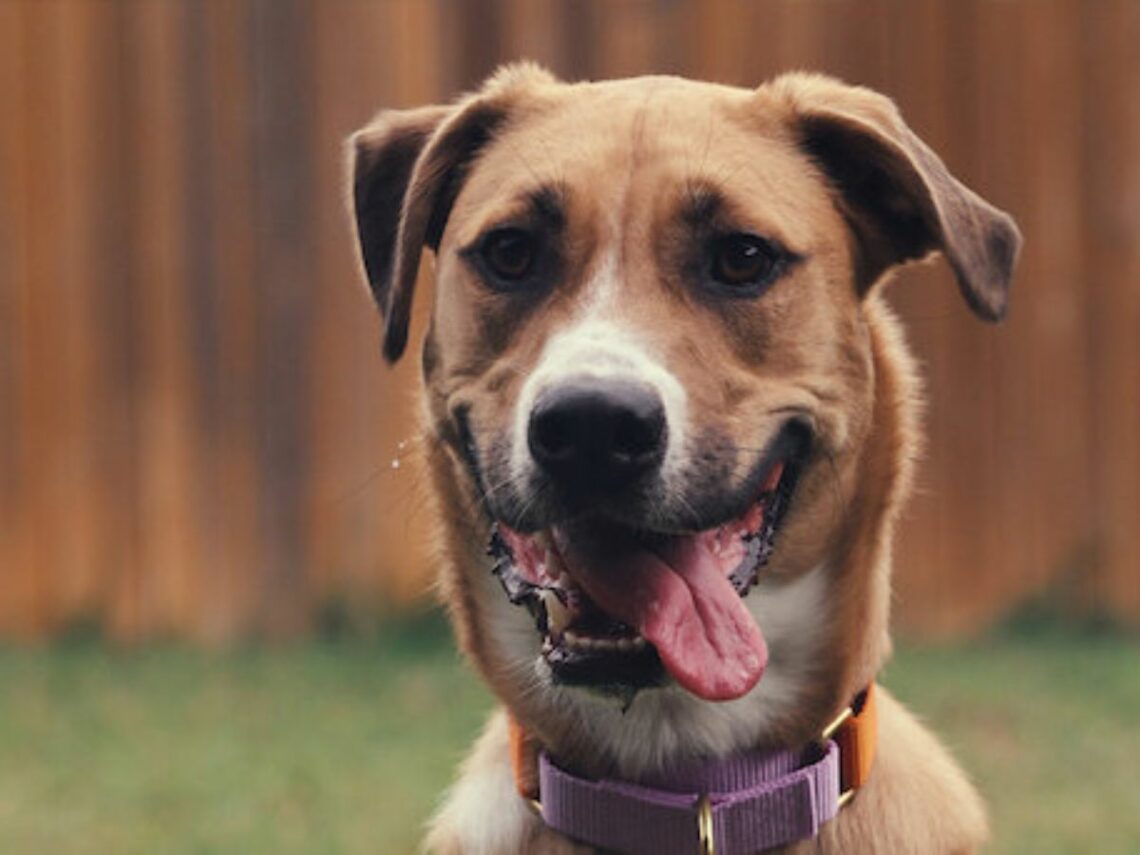
What is ‘Inside the Mind of a Dog’?
Alongside the new season premieres and big-hitting action flicks causing a stir this summer, one film stands apart as a science documentary flying high in the Netflix chart. Inside the Mind of a Dog is a novel take on humankind’s best friend that has caught the eye of millions of viewers via an overdose of cute and cuddly canines.
The movie purports to show us what it’s like to be part of the species which, it explains, is the “single most diverse animal ever to walk the earth.” In fact, a significant part of the documentary’s focus is on the variety of personality traits each individual dog can exhibit, depending not only on their breed but on more specific genetic predispositions and, more importantly, nurture.
Like humans, Dr Erin Hecht of Harvard University tells us, dogs grow into their personalities depending on the environment in which they’re raised. She explains that the extent to which mother dogs are “hands-on” or “hands-off” affects their ability to solve problems independently. Her team even found a correlation between the style of mothering young puppies receive and whether or not they qualify as guide dogs in later life.
Much of the film is presented along these lines, with expert talking heads explaining to us how cognitive skills develop in dogs, and why they behave the way they do. Accompanying their scientific narrative, we see prospective support dogs in action at the Canine Companions Service Dog Training School. We watch them start with cognition tests as eight-week-old puppies and chart their development up to the moment they graduate and find a new home with an owner in need.
And we see the amazing things dogs are capable of, from sniffing out people concealed beneath the rubble of collapsed buildings to tracking whales in the ocean and even detecting cancerous tumours. This is an apologetic celebration of the animal we’ve come to rely on more than any other, but it generally provides the science to back up claims, in a way accessible to most viewers. Oh, and with celebrity dog-lover Rob Lowe filling in the gaps in the narrative.
So, do dogs think?
While expectedly, the movie tells more than it shows when it comes to describing life from a dog’s perspective, it does offer some fascinating insights into the way a dog’s mind might work. For instance, it gives us an idea of the canine sensory experience, explaining to us that dogs see in certain colours, but only “hues of yellow, blue, greyish brown”. Their vision is also likely more blurred than our own. On the other hand, they can use their primary sense, smell, to map out a large three-dimensional area with incredible precision according to the location of different scents.
Duke University Canine Cognition Centre Dr Brian Hare tells us that the physical and psychological make-up of dogs has actually evolved over time, too, based on evolutionary adaptations to social interactions with humans. For example, eye muscles have advanced from those of wolves, allowing them to show the whites of their eyes when looking at us, which creates a stronger bond on a subconscious level than sharing a look otherwise would.
A simple cognitive experiment called a “pointing test” even shows that puppies are better predisposed to recognise human hand gestures than our closest genetic relatives, chimpanzees and bonobos. And some dogs have learnt to use “augmented interspecies communication devices” to abstract and combine the meanings of words to create new concepts with their own meanings, just as humans do with language. One dog is filmed pushing the buttons “squeaker” and “car” on the device when it hears an ambulance siren outside.
These remarkable examples suggest that dogs are even closer to us in terms of their mental faculties than we realise. They’ve developed certain abilities while living alongside humans that other animals have never been able to master. As Dr Hare tells us, “Survival of the friendliest is really the most successful evolutionary strategy that has been identified.” And they aren’t much friendlier than the faithful canine.